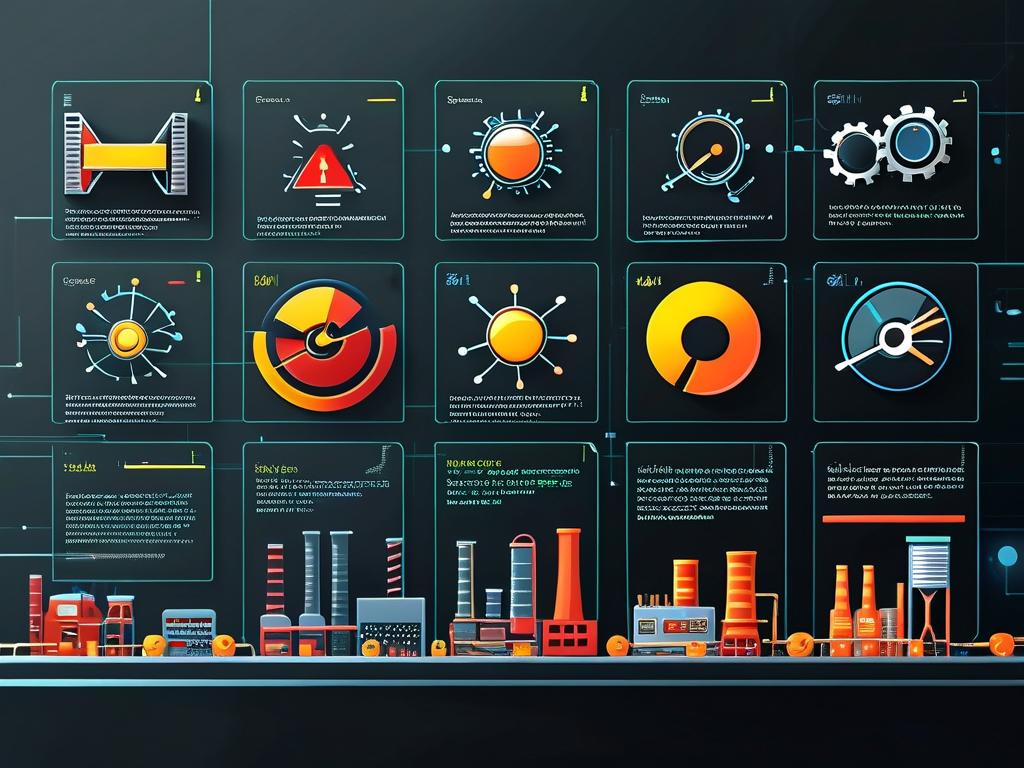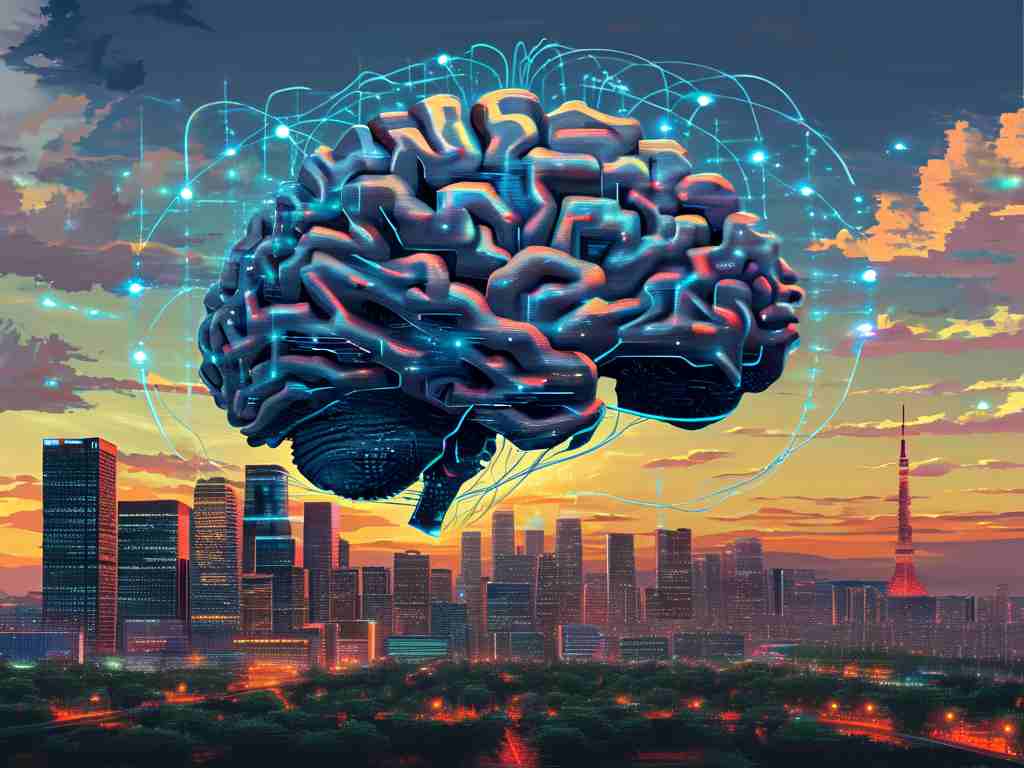In the rapidly evolving field of artificial intelligence, neural network gating mechanisms have emerged as a cornerstone for optimizing model performance. These mechanisms, which regulate the flow of information within neural architectures, enable networks to dynamically prioritize or suppress specific data pathways. By mimicking biological systems—such as the human brain’s selective attention—gating techniques address critical challenges like computational overhead and long-term dependency management.

The Evolution of Gating Mechanisms
The concept of gating traces its roots to recurrent neural networks (RNNs), particularly Long Short-Term Memory (LSTM) units. Traditional RNNs struggled with vanishing gradients, limiting their ability to retain context over extended sequences. LSTMs introduced input, output, and forget gates to control memory retention, enabling models to learn dependencies spanning hundreds of time steps. For example, in natural language processing (NLP), an LSTM might use its forget gate to discard irrelevant pronoun references while retaining subject-verb relationships across paragraphs.
A simplified LSTM gate implementation in PyTorch illustrates this:
import torch.nn as nn
class LSTMCell(nn.Module):
def __init__(self, input_size, hidden_size):
super().__init__()
self.input_gate = nn.Linear(input_size + hidden_size, hidden_size)
self.forget_gate = nn.Linear(input_size + hidden_size, hidden_size)
self.output_gate = nn.Linear(input_size + hidden_size, hidden_size)
def forward(self, x, hidden_state):
combined = torch.cat((x, hidden_state), dim=1)
i = torch.sigmoid(self.input_gate(combined))
f = torch.sigmoid(self.forget_gate(combined))
o = torch.sigmoid(self.output_gate(combined))
return o * torch.tanh(c_new), c_new
Modern Applications and Variations
While LSTMs dominated early gating research, the Transformer architecture’s rise introduced multi-head attention as a form of "soft" gating. Unlike binary gate decisions, attention mechanisms compute weighted relationships between all input elements. This approach powers tools like ChatGPT, where gating determines which contextual cues influence each word prediction.
Recent innovations include adaptive gating, where gates self-adjust based on input complexity. For instance, Google’s Switch Transformer uses a router mechanism to activate only subsets of neural pathways per task, reducing computational costs by 70% while maintaining accuracy. Similarly, temporal convolutional networks (TCNs) employ dilated convolutions with learnable gates to handle variable-length sequences in speech recognition systems.
Challenges and Ethical Considerations
Despite their utility, gating mechanisms introduce trade-offs. Over-reliance on gates can lead to model brittleness—systems may fail when gate thresholds are miscalibrated. During the 2023 ChatGPT update, improperly tuned attention gates caused the model to occasionally prioritize trivial phrases over critical context, resulting in nonsensical outputs.
Moreover, the "black box" nature of gated networks raises transparency concerns. Regulatory bodies like the EU AI Office now require developers to document gate logic in high-risk applications, such as medical diagnostics. Researchers are responding with explainability tools like gate activation heatmaps, which visualize how models allocate computational resources.
Future Directions
The next frontier involves neuro-symbolic gating, combining neural networks with rule-based systems. Early experiments show promise in robotics, where symbolic gates enforce safety constraints while neural gates handle sensor data interpretation. Another emerging trend is energy-aware gating, optimizing neural pathways for low-power edge devices—a critical advancement for IoT and autonomous vehicles.
As models grow in complexity, the role of gating mechanisms will only expand. From enabling real-time decision-making in self-driving cars to filtering noise in quantum computing interfaces, these architectural innovations continue to redefine what’s possible in machine intelligence.









